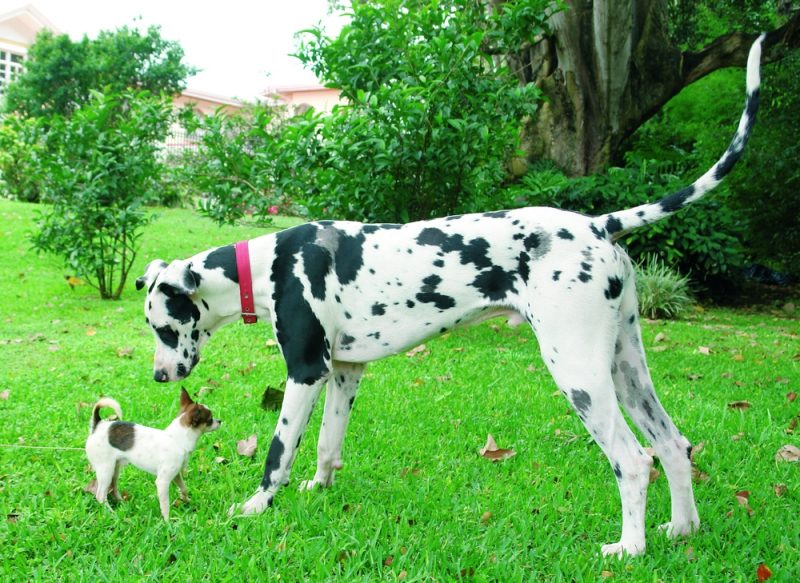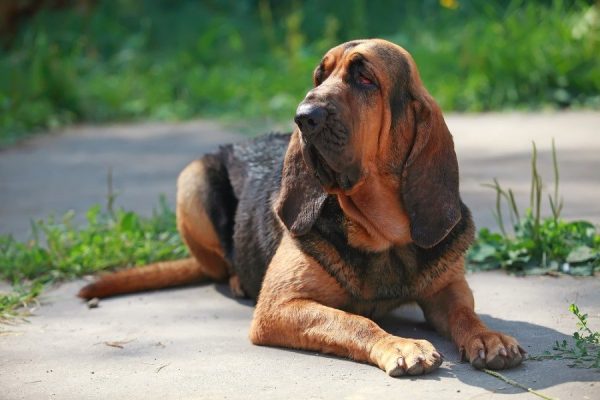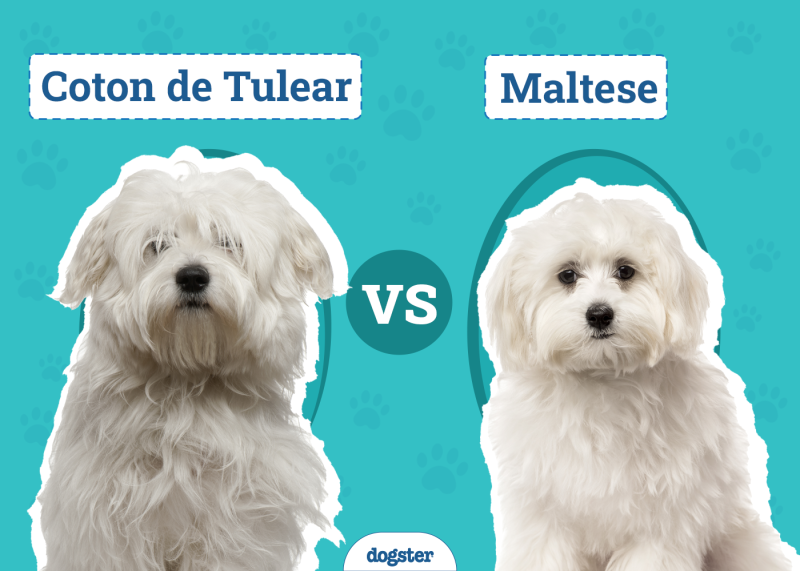Belgian Malinois are hardworking herding dogs that are known for being very energetic and intelligent. They originate from the Belgian city of Malines and are perhaps best known for their popularity in military and police work. Like many other dog breeds, this one exhibits its own unique set of genetically-caused health issues or risks of which owners of this dog should be aware 1.
In this article, we’ll discuss some of these health issues and the best way to respond if they are detected.

The 7 Belgian Malinois Health Issues
1. Hip Dysplasia
Hip dysplasia occurs when the ball and socket joint of the hip do not form correctly 2. It is typically more common in larger breed dogs. If it is seen early in life, it’s often attributed to laxity of the joint, while if seen later in life, it’s often attributed to degeneration of the joint.
Signs of hip dysplasia can include decreased physical activity, having a hard time getting up, as well as hesitancy to run, jump, play, or use the stairs. An affected dog may “bunny hop” (when active using back legs together and looks like a bunny hopping), be in pain, or have a decreased range of motion in their hip region. A diagnosis is made via radiographs (X-rays) of the hips; PennHIP is an option for a screening method to determine if a dog has or may be at risk for hip dysplasia or osteoarthritis.
Treatment may be medical or surgical depending on numerous factors that include: the age and size of the dog, the amount of osteoarthritis present, the severity of the hip dysplasia, and the financial options or limitations of the dog owner. Medical management is achieved with medication to decrease pain and inflammation. It’s important to allow an affected dog to tolerate only the amount of physical activity that they can—swimming may be very helpful!
In all instances, weight management is key. Typically, this disease will progress or worsen over time unless successful surgery is achieved. Because this is a heritable disease, it is best to prevent it by not breeding dogs that are affected.
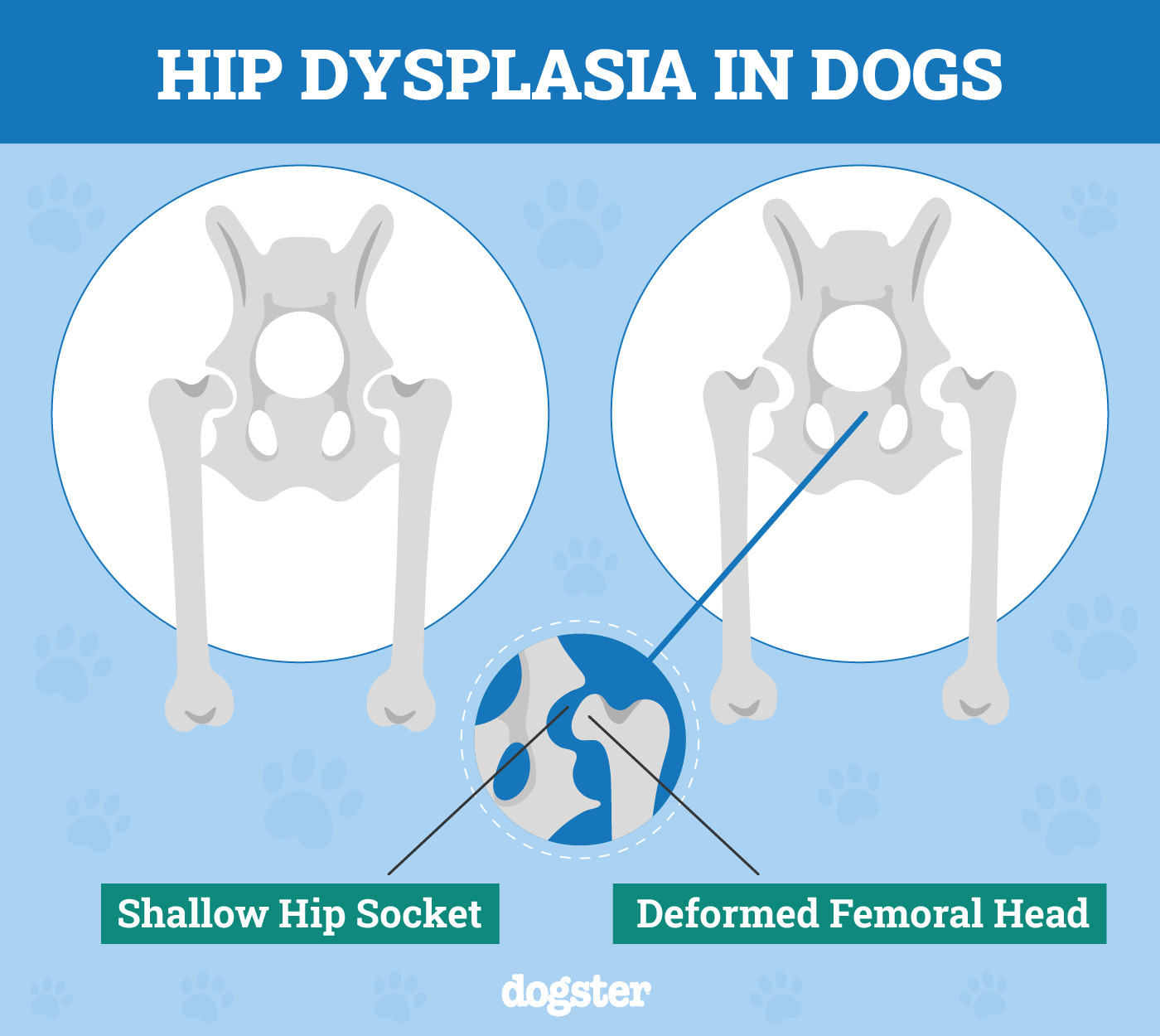
2. Elbow Dysplasia
Elbow dysplasia is abnormal growth or development in the elbow and is the most common cause of elbow pain and lameness 3. The most common sign of elbow dysplasia is forelimb lameness. This lameness can be intermittent or constant, but typically, it is worsened with exercise or most stiff after resting. It tends to occur in larger or giant dog breeds and can consist of a collection of different elbow abnormalities which may occur by themselves or in combination.
This disease process can be in one or both elbows, and it occurs in both elbows about half of the time. Diagnosis is made with X-rays, and sometimes advanced imaging (CT or MRI) may be needed. An arthroscopy allows for looking inside the joint while a joint tap allows a veterinarian to have the fluid analyzed for more information.
Treatment, especially in younger dogs, is surgery. There are various surgical options available depending on the components causing the elbow dysplasia. In middle-aged to older dogs with advanced signs of the disease, surgery is typically not recommended. Medication to manage inflammation and pain is otherwise the next best option.
Regardless of the age of the dog or whether surgery is recommended, weight control is also of the utmost importance. If a dog is diagnosed, it is recommended to not breed this dog and it is expected that this disease will worsen over time without a successful surgery.

3. Epilepsy
Epilepsy is a disease where seizures (uncontrolled electrical activity bursts in the brain) occur due to an unknown cause that is thought to be genetic. The hallmark of epilepsy is that it typically starts in younger dogs (6 months to 5 years of age). The seizures are not due to underlying lesions in the brain or other neurological signs or causes.
Most often, a classic seizure has signs that include the dog falling to the side, becoming stiff with paddling limbs, uncontrolled urination, defection, salivation, etc. Bloodwork in epileptic dogs is often normal but is still needed to rule out other potential causes of seizures as well as to serve as a baseline prior to starting therapy.
For treatment, there are many antiepileptic medications that may be chosen as an option to help limit the seizures. Medication will be given for the life of the affected dog, and the goal is to decrease the frequency, duration, and severity of the seizures. Routine bloodwork to evaluate the effects of the medication on internal organ health with the potential to monitor therapeutic effects should be expected.
Despite treatment, complete resolution of the seizures is not expected or likely. “Seizures calendars” can be helpful to monitor overall progress or determine if changes to the treatment plan may be needed. Dogs that have a history of seizures due to epilepsy should also not be bred.
If you are concerned about the health and well-being of your pet, we recommend getting in touch with a vet for guidance.
If you need to speak with a vet but can't get to one, head over to PangoVet. It's our online service where you can talk to a vet online and get the advice you need for your dog — all at an affordable price!
4. Cataracts
Cataracts occur when the lens of the eye becomes cloudy or white in appearance 4. This limits or prohibits light from getting to the back of the eye which can negatively affect vision, and which can eventually progress to blindness. There can be various causes of cataracts; the most common cause is hereditary but could also include diabetes, trauma, etc. For those that are afflicted with cataracts, it is beneficial to know that veterinary ophthalmologists can actually replace the affected lens (or lenses) to allow for sight to be restored.
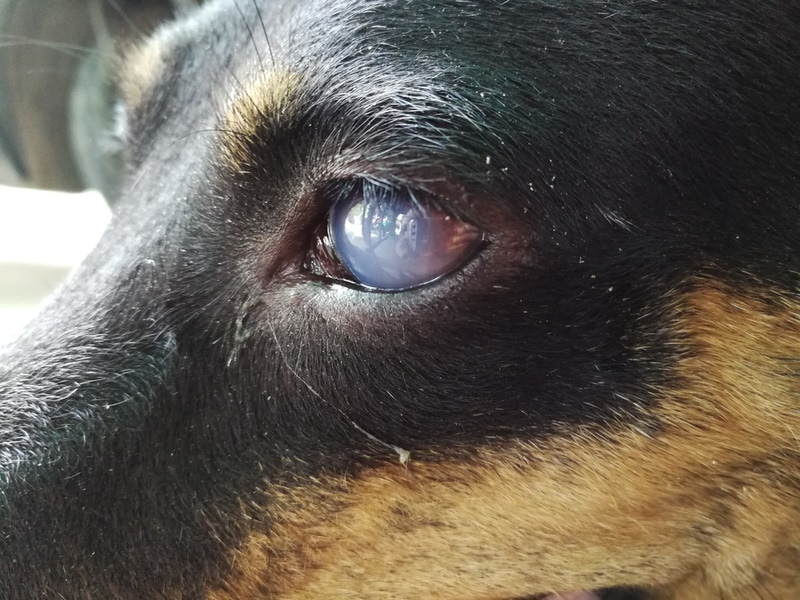
5. Progressive Retinal Atrophy (PRA)
Progressive Retinal Atrophy is where the retina in both eyes degenerates over time, eventually resulting in blindness 5. The retina itself is an area at the back of the inside of the eye that converts light to electrical signals before sending them to the brain.
In the case of Belgian Malinois, this disease is typically inherited and usually starts in younger dogs. Signs of this disease start out subtly, such as having a harder time seeing at night, dilated pupils, etc., but they progress quickly to becoming totally blind. This disease is diagnosed via an ophthalmic exam. Unfortunately, there are no medications that can be given to help slow or reverse Progressive Retinal Atrophy.
On a positive note, blind dogs can often do very well in life; they memorize their environment and have other strong senses to help them compensate at times. With that being said, a blind dog should have unique preventative measures such as being watched closely or on a leash outside, having stairs partitioned off, etc. In addition, testing can be done to determine if a dog carries a defective gene for this disease, which is helpful in prevention, as dogs who are affected should not be bred.
6. Bloat or Gastric Dilatation and Volvulus (GDV)
A gastric dilatation and volvulus is when two events occur: the stomach fills with air and the stomach twists on itself, completely cutting off the dietary tract as well as its blood supply. These events occur quickly and are a medical emergency that require immediate veterinary care. Even with immediate veterinary care, the overall mortality rate can still be in the 25%–30% range.
GDV typically occurs in large to giant breed dogs that have a deep and/or narrow chest. While the exact cause is unknown, there are several risk factors that include a deep/narrow chest, increasing age, thin body condition, dry food, eating quickly, having only one meal per day, eating from a raised food bowl, and physical activity after eating.
Signs that are seen by an affected dog include trying to throw up but nothing comes up (non-productive retching), excess salivation, anxiety or restlessness, a distended abdomen, or acting depressed. The dog can also go into shock and may have a hard time breathing as the expanding stomach can compress into the region where the lungs lie.
Treatment consists of quick fluid replacement with intravenous (IV) fluids, and quickly decompressing the stomach of air and fluid. Next, via surgery, the stomach is restored to its correct position and is tacked to the body wall to prevent it from flipping again (gastropexy). At-risk breeds, including Belgian Malinois, who have never experienced a GDV can have a prophylactic gastropexy to prevent the stomach from ever being able to flip on itself in the future. This can even be done at the time of spay or neuter, and in some select practices, there may even be a laparoscopic option!
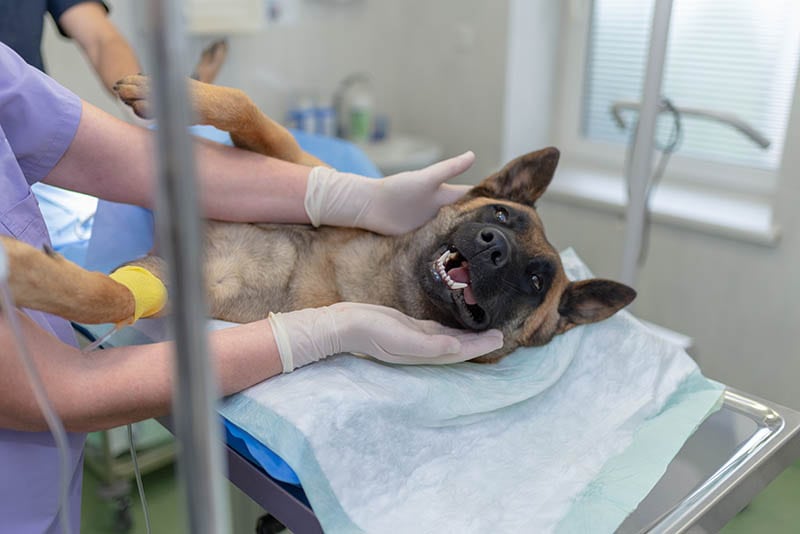
7. Hemangiosarcoma
Hemangiosarcoma is a cancer that originates from the cells that line the blood vessels. It is a fast-growing cancer that commonly metastasizes and is more often seen in middle to older-aged dogs that are medium to larger in size. There are different forms, with the most common ones being the skin and subcutaneous forms as well as those present in the spleen or heart. Dogs with this condition will present with signs related to where the tumor (and/or metastasis) is present and treatment will be dictated based on which form is present. As this cancer is very aggressive, early detection and treatment prior to marked metastasis is best.
We will focus on the spleen form as this is a common one and there are breed predilections for this type. In dogs with hemangiosarcoma of the spleen, there may not be any obvious signs until the tumor is very large or ruptures and causes internal bleeding. This may show as signs like weakness, having pale gums, collapsing, or going into shock. Other signs might include a large or painful abdomen or a history of a lack of appetite, weight loss, or becoming weaker over time.
Bloodwork, X-rays, and ultrasound can all help determine if a tumor and obvious metastasis are present. Surgery can be performed, and the spleen removed (splenectomy) and sent to have the tumor analyzed at a lab to determine if it is benign (about 40%) or malignant (about 60%). If malignant, survival time even with surgery is often less than 3 months, but chemotherapy without widespread metastasis can extend this to 6 months. Unfortunately, a malignant hemangiosarcoma tumor does not have a long-term survival time.

Conclusion
The Belgian Malinois is a unique breed and beautiful breed that, like most dog breeds, comes with its own common medical health issues. A key takeaway is that many of these diseases can be prevented in future generations by screening dogs for health conditions prior to breeding or not re-breeding dogs that have resulted in affected offspring.
Whether you have a Malinois now or are considering one in the future, it’s important to be on the lookout for these common conditions within the breed to help your Malinois live a longer, healthier life!
Featured Image Credit: Eudyptula, Shutterstock


